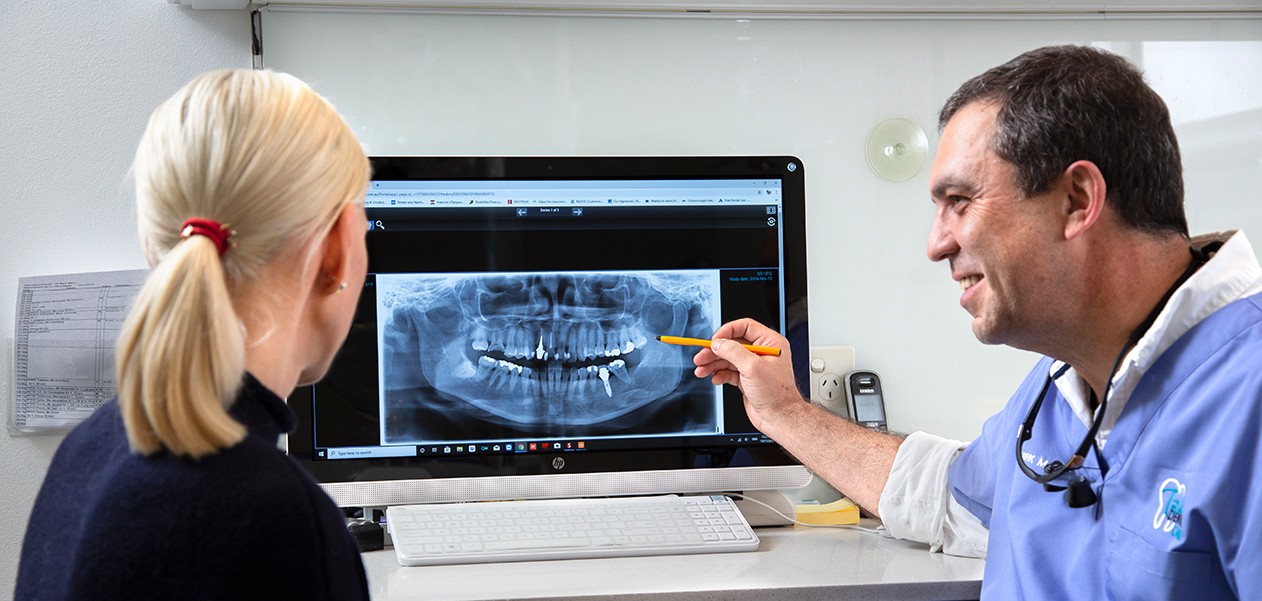
Image Source: Google
When it comes to straightening your teeth and achieving a beautiful smile, there are various orthodontic treatment options available. Two popular choices are traditional braces and Invisalign. Both have their own set of advantages and disadvantages, and the best choice for you will depend on your specific needs and preferences. If you are looking for the best orthodontic treatment then contact Total Dental Care.
Braces
How Braces Work
- Braces consist of metal brackets that are glued to the teeth and connected by wires.
- The wires are gradually tightened to apply pressure to the teeth, shifting them into the desired position over time.
- Rubber bands may be used to help with specific tooth movements.
Pros of Braces
- Effective for treating complex cases of misalignment and malocclusion.
- Can achieve precise tooth movements.
- Often less expensive than Invisalign.
- No need to remove or replace aligners regularly.
Cons of Braces
- Visible metal brackets and wires may affect the appearance of the smile.
- Harder to clean teeth and require more maintenance.
- Restrictions on certain foods that can damage the braces.
- Potential for discomfort or irritation from brackets and wires.
Invisalign
How Invisalign Works
- Invisalign uses clear plastic aligners that are custom-made to fit your teeth.
- Aligners are worn for 20-22 hours a day and changed every 1-2 weeks to gradually shift the teeth.
- No restrictions on food or activities as aligners are removable.
Pros of Invisalign
- Almost invisible, providing a more discreet orthodontic treatment option.
- Removable aligners make eating and cleaning teeth easier.
- Reduced risk of irritation or discomfort compared to braces.
- No dietary restrictions as aligners can be removed while eating.
Cons of Invisalign
- May not be suitable for severe cases of misalignment or malocclusion.
- Requires strict compliance with wearing aligners for optimal results.
- More expensive than traditional braces for some patients.
- Regularly changing aligners may cause slight discomfort initially.
Choosing the Right Treatment for You
When deciding between braces and Invisalign, consider the following factors to determine the best option for your needs:
Severity of Misalignment
- Braces are often more effective for complex cases of misalignment or malocclusion.
- Invisalign may be suitable for mild to moderate misalignment issues.
Personal Preference
- If you prefer a more discreet treatment option, Invisalign may be the right choice for you.
- If the appearance of metal braces does not bother you, traditional braces could be a good option.
Lifestyle Considerations
- If you have a busy schedule and require a treatment with minimal maintenance, Invisalign may be more convenient.
- If you are disciplined with following a strict treatment plan, braces could be a suitable choice.
Consultation with an Orthodontist
The best way to determine the most suitable orthodontic treatment for your needs is to schedule a consultation with an orthodontist. They will assess your teeth, discuss your goals, and recommend the most effective treatment option for you. Whether you choose braces or Invisalign, the end goal is the same – a straighter smile and improved oral health.
Conclusion
Both braces and Invisalign are effective orthodontic treatments that can help you achieve a straighter smile. Consider your individual needs, preferences, and lifestyle factors when choosing between the two options. Consult with an orthodontist to receive personalized advice and begin your journey towards a more confident smile.
